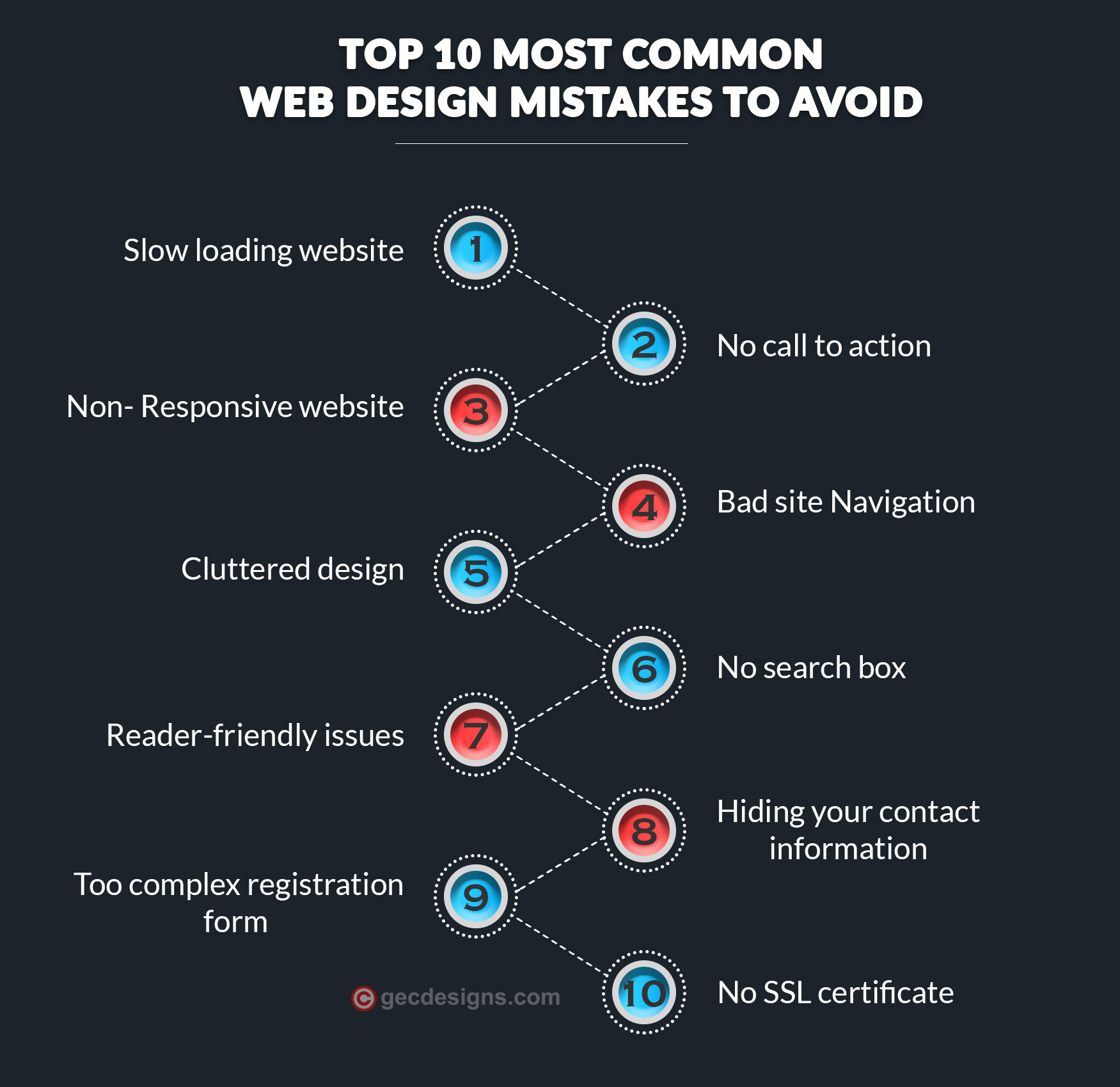Understanding the World of Online Advertising
Online advertising has revolutionized the way businesses reach their target audience, and websites have become a crucial platform for advertisers to showcase their products and services. With the rise of digital media, websites can now leverage advertising to generate significant revenue. But have you ever wondered how much can a website make from ads? The answer lies in understanding the complex world of online advertising.
There are several types of ads available, including display ads, native ads, video ads, and sponsored content. Each type of ad has its own unique characteristics, and websites can choose the ones that best fit their audience and content. For instance, display ads are ideal for websites with high traffic, while native ads are more suitable for websites with engaging content.
Websites can also use various ad formats, such as banner ads, pop-up ads, and interstitial ads. However, it’s essential to note that the ad format and placement can significantly impact user experience and ad revenue. Websites must strike a balance between monetizing their content and providing a seamless user experience.
Online advertising has become a multibillion-dollar industry, with thousands of websites generating significant revenue from ads every day. However, the amount of money a website can make from ads depends on various factors, including website traffic, niche or topic, ad placement, and user engagement. In the next section, we’ll explore these factors in more detail and discuss how they impact ad revenue.
Factors Affecting Ad Revenue: What You Need to Know
When it comes to determining how much can a website make from ads, several factors come into play. Understanding these factors is crucial to maximizing ad revenue and creating a successful online advertising strategy. In this section, we’ll explore the key factors that influence ad revenue and provide examples of how they can impact earnings.
Website traffic is one of the most significant factors affecting ad revenue. The more traffic a website receives, the more opportunities there are for advertisers to reach their target audience. However, traffic quality is also essential, as high-quality traffic is more likely to engage with ads and generate revenue. For instance, a website with 100,000 monthly visitors may generate more ad revenue than a website with 1 million monthly visitors if the traffic is more targeted and engaged.
Niche or topic is another critical factor in determining ad revenue. Certain niches, such as finance and technology, tend to attract higher-paying advertisers and generate more revenue than others. Additionally, websites with a specific niche or topic may attract more targeted traffic, which can lead to higher engagement rates and increased ad revenue.
Ad placement is also a crucial factor in determining ad revenue. The placement of ads on a website can significantly impact user experience and ad revenue. For example, ads placed above the fold or in high-visibility areas tend to generate more revenue than ads placed at the bottom of a page or in low-visibility areas.
User engagement is another essential factor in determining ad revenue. Websites with high engagement rates, such as those with interactive content or social sharing features, tend to generate more ad revenue than websites with low engagement rates. This is because engaged users are more likely to interact with ads and generate revenue.
For example, a website with a high engagement rate and targeted traffic may generate $10,000 per month in ad revenue, while a website with low engagement rates and untargeted traffic may generate only $1,000 per month. By understanding these factors and optimizing their website accordingly, website owners can increase their ad revenue and maximize their earning potential.
How to Calculate Your Website’s Ad Earning Potential
Calculating a website’s ad earning potential is crucial to understanding how much can a website make from ads. To estimate ad revenue, website owners need to consider several key metrics, including cost per click (CPC), cost per thousand impressions (CPM), and conversion rates. In this section, we’ll provide a step-by-step guide on how to calculate these metrics and estimate ad revenue.
Cost per click (CPC) is the amount an advertiser pays each time a user clicks on their ad. To calculate CPC, website owners need to know the total number of clicks on their ads and the total revenue generated from those clicks. For example, if a website generates 1,000 clicks on its ads and earns $100 in revenue, the CPC would be $0.10 per click.
Cost per thousand impressions (CPM) is the amount an advertiser pays for every 1,000 times their ad is displayed on a website. To calculate CPM, website owners need to know the total number of impressions on their ads and the total revenue generated from those impressions. For example, if a website generates 100,000 impressions on its ads and earns $500 in revenue, the CPM would be $5 per 1,000 impressions.
Conversion rates measure the percentage of users who complete a desired action, such as filling out a form or making a purchase, after clicking on an ad. To calculate conversion rates, website owners need to know the total number of conversions and the total number of clicks on their ads. For example, if a website generates 100 conversions from 1,000 clicks, the conversion rate would be 10%.
By calculating these metrics, website owners can estimate their ad revenue and understand how much can a website make from ads. For example, if a website generates 100,000 impressions per month, with a CPM of $5 and a conversion rate of 10%, the estimated ad revenue would be $5,000 per month.
It’s essential to note that these metrics can vary depending on the niche or topic of the website, ad placement, and user engagement. By understanding these factors and optimizing their website accordingly, website owners can increase their ad revenue and maximize their earning potential.
Popular Ad Networks: A Comparison of Google AdSense, Mediavine, and AdThrive
When it comes to monetizing a website with ads, choosing the right ad network is crucial. There are several popular ad networks available, each with its own features, benefits, and requirements. In this section, we’ll compare and contrast Google AdSense, Mediavine, and AdThrive, three of the most popular ad networks used by website owners.
Google AdSense is one of the most widely used ad networks, with millions of websites using its platform to generate revenue. AdSense offers a range of ad formats, including display ads, link units, and in-article ads. It also provides a robust reporting system, allowing website owners to track their ad performance and earnings. However, AdSense has strict requirements and guidelines, and website owners must ensure their content meets these standards to avoid account suspension.
Mediavine is another popular ad network that specializes in providing high-quality ads for lifestyle and niche websites. It offers a range of ad formats, including display ads, video ads, and sponsored content. Mediavine also provides a user-friendly dashboard, allowing website owners to easily manage their ad campaigns and track their earnings. However, Mediavine requires a minimum of 25,000 monthly sessions to join its network.
AdThrive is a popular ad network that specializes in providing high-quality ads for food, lifestyle, and niche websites. It offers a range of ad formats, including display ads, video ads, and sponsored content. AdThrive also provides a robust reporting system, allowing website owners to track their ad performance and earnings. However, AdThrive requires a minimum of 100,000 monthly page views to join its network.
Real-life examples of websites that have successfully used these ad networks include The Penny Hoarder, which uses AdSense to generate revenue from its personal finance content, and Simply Recipes, which uses Mediavine to generate revenue from its food and recipe content. By choosing the right ad network and optimizing their ad campaigns, website owners can increase their ad revenue and maximize their earning potential.
When choosing an ad network, website owners should consider factors such as ad format options, reporting and tracking capabilities, and requirements for joining the network. By carefully evaluating these factors, website owners can make an informed decision and choose the ad network that best meets their needs.
Optimizing Your Website for Maximum Ad Revenue
Optimizing a website for maximum ad revenue requires a combination of design, content, and user experience strategies. By implementing these strategies, website owners can increase their ad revenue and maximize their earning potential. In this section, we’ll provide tips and strategies for optimizing website design, content, and user experience to increase ad revenue.
One of the most effective ways to optimize a website for ad revenue is to use heat maps. Heat maps are visual representations of user behavior on a website, showing where users click, scroll, and engage with content. By analyzing heat maps, website owners can identify areas of high engagement and place ads in those areas to increase ad revenue.
A/B testing is another effective way to optimize a website for ad revenue. A/B testing involves testing different versions of a website or ad to see which one performs better. By testing different ad placements, sizes, and formats, website owners can identify which ads perform best and optimize their ad campaigns accordingly.
Mobile-friendly designs are also essential for optimizing a website for ad revenue. With the majority of internet users accessing websites on mobile devices, website owners must ensure their website is optimized for mobile. This includes using responsive design, optimizing images, and ensuring fast page loading speeds.
Content optimization is also crucial for increasing ad revenue. Website owners should focus on creating high-quality, engaging content that attracts and retains a clearly defined audience. By creating content that resonates with users, website owners can increase user engagement and ad revenue.
Finally, website owners should prioritize user experience when optimizing their website for ad revenue. This includes ensuring fast page loading speeds, minimizing ad clutter, and providing a seamless user experience. By prioritizing user experience, website owners can increase user engagement and ad revenue.
By implementing these strategies, website owners can optimize their website for maximum ad revenue and increase their earning potential. Remember, the key to success is to focus on creating a high-quality user experience and providing value to users. By doing so, website owners can attract and retain a loyal audience and increase their ad revenue.
Common Mistakes to Avoid When Monetizing Your Website with Ads
When it comes to monetizing a website with ads, there are several common mistakes that website owners make. These mistakes can lead to decreased ad revenue, poor user experience, and even penalties from search engines. In this section, we’ll identify some of the most common mistakes to avoid when monetizing your website with ads.
One of the most common mistakes is overloading pages with ads. While it may be tempting to maximize ad revenue by placing multiple ads on a page, this can lead to a poor user experience and decreased engagement. Website owners should aim to strike a balance between ad placement and user experience.
Another common mistake is neglecting user experience. Website owners should prioritize user experience and ensure that ads do not interfere with the user’s ability to navigate the site or access content. This includes ensuring that ads are not too intrusive, do not slow down page loading speeds, and do not compromise the overall user experience.
Ignoring ad placement best practices is also a common mistake. Website owners should ensure that ads are placed in areas of high engagement and visibility, such as above the fold or in the sidebar. They should also avoid placing ads in areas that are likely to be ignored, such as the footer or below the fold.
Not optimizing ad campaigns for mobile is another common mistake. With the majority of internet users accessing websites on mobile devices, website owners must ensure that their ad campaigns are optimized for mobile. This includes using mobile-friendly ad formats, optimizing ad placement for mobile, and ensuring that ads do not slow down page loading speeds on mobile devices.
Finally, not monitoring ad performance is a common mistake. Website owners should regularly monitor ad performance, including metrics such as click-through rates, conversion rates, and revenue. By monitoring ad performance, website owners can identify areas for improvement and optimize their ad campaigns to increase revenue.
By avoiding these common mistakes, website owners can increase their ad revenue, improve user experience, and maximize their earning potential. Remember, the key to success is to prioritize user experience, optimize ad campaigns, and regularly monitor ad performance.
Real-Life Examples of Successful Ad-Driven Websites
There are many websites that have successfully generated significant revenue from ads. In this section, we’ll showcase some real-life examples of websites that have achieved success with ad-driven revenue models.
One example is The Penny Hoarder, a personal finance website that generates millions of dollars in ad revenue each year. The website uses a combination of display ads, affiliate marketing, and sponsored content to generate revenue. The Penny Hoarder’s success can be attributed to its high-quality content, engaging user experience, and effective ad placement strategies.
Another example is Simply Recipes, a food and recipe website that generates significant ad revenue through its partnership with Mediavine. Simply Recipes uses a combination of display ads, sponsored content, and affiliate marketing to generate revenue. The website’s success can be attributed to its high-quality content, engaging user experience, and effective ad placement strategies.
These examples demonstrate that it is possible to generate significant revenue from ads, but it requires a combination of high-quality content, engaging user experience, and effective ad placement strategies. By studying these examples and applying the strategies outlined in this article, website owners can increase their ad revenue and maximize their earning potential.
It’s also worth noting that these websites have a strong focus on user experience and engagement. They have optimized their websites for mobile, use heat maps and A/B testing to optimize ad placement, and have a strong social media presence. By prioritizing user experience and engagement, website owners can increase their ad revenue and build a loyal audience.
By studying these examples and applying the strategies outlined in this article, website owners can increase their ad revenue and maximize their earning potential. Remember, the key to success is to prioritize user experience, optimize ad placement, and focus on building a loyal audience.
https://www.youtube.com/watch?v=e2EImNQLsao
Maximizing Your Website’s Earning Potential: Advanced Strategies
To maximize your website’s earning potential, it’s essential to implement advanced strategies that go beyond the basics of ad placement and optimization. In this section, we’ll explore some advanced strategies for maximizing ad revenue, including using retargeting ads, leveraging social media, and creating sponsored content.
Retargeting ads are a powerful way to maximize ad revenue by targeting users who have previously visited your website. By using retargeting ads, you can reach users who have already shown interest in your content and increase the chances of conversion. To implement retargeting ads, you’ll need to use a retargeting platform such as Google AdWords or Facebook Ads.
Leveraging social media is another advanced strategy for maximizing ad revenue. By promoting your website on social media platforms such as Facebook, Twitter, and Instagram, you can increase your website’s visibility and drive more traffic to your site. To leverage social media effectively, you’ll need to create high-quality content that resonates with your target audience and use social media advertising platforms to reach a wider audience.
Creating sponsored content is another advanced strategy for maximizing ad revenue. By partnering with brands to create sponsored content, you can increase your website’s earning potential and provide value to your audience. To create sponsored content effectively, you’ll need to identify brands that align with your website’s niche and audience and create high-quality content that resonates with your audience.
By implementing these advanced strategies, you can maximize your website’s earning potential and increase your ad revenue. Remember, the key to success is to stay up-to-date with the latest trends and best practices in online advertising and to continually optimize and improve your ad campaigns.
By following the strategies outlined in this article, you can unlock your website’s earning potential and maximize your ad revenue. Whether you’re just starting out or looking to optimize your existing ad campaigns, these strategies will help you achieve success in the world of online advertising.





